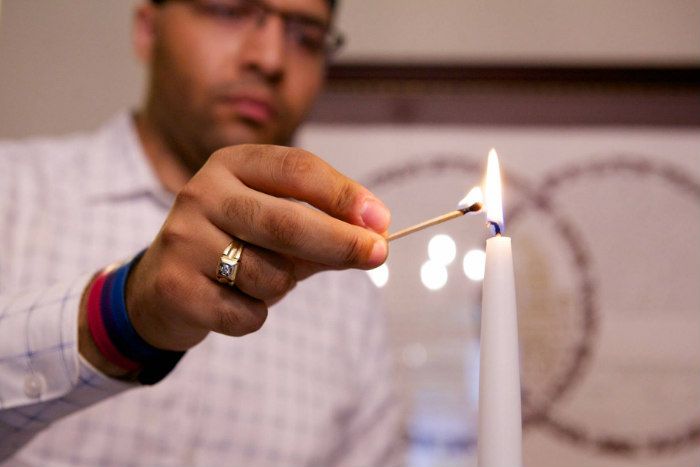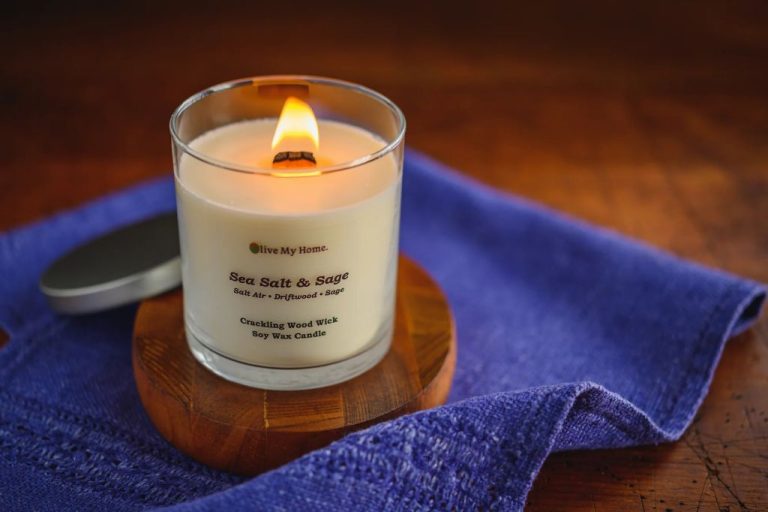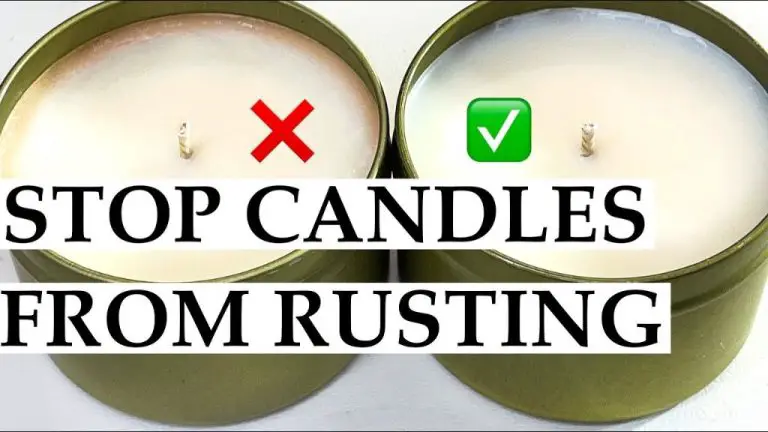Are Diffusers Better For You Than Candles?
Introducing Diffusers vs Candles
Both diffusers and candles can infuse a space with pleasant fragrances, but they function in different ways. Diffusers work by dispersing essential oils into the air, often using an atomizer to create a fine scented mist. The oils evaporate and scent the surrounding environment. Diffusers come in electric and non-electric styles, with some featuring color-changing LED lights for ambiance.
Candles contain fragrant oils that are released into the air as the wax burns. The heat from the flame causes the oils to evaporate from the wax mixture and scent the room. Candles come in a wide variety of styles, shapes, scents and sizes. They can be made from materials like paraffin, soy, beeswax or vegetable-based waxes.
Both candles and diffusers can create a relaxing ambiance and pleasant aroma in homes or offices. Diffusers provide continuous fragrance without needing to be lit, while candles produce subtle lighting effects. People often choose between them based on safety, cost and personal preference.
Comparative Health Effects
When considering diffusers versus candles, it’s important to examine the potential health effects of each. Many people don’t realize that both can impact indoor air quality and respiratory health.
Diffusers disperse essential oils into the air through misting or heat. The small particles enter the air and can be easily inhaled. Depending on the specific oils used, some may cause respiratory irritation, especially for those with asthma or allergies. However, using pure, high-quality essential oils and not overusing them can help minimize risks.
Candles also release small particles into the air as they burn. These can include volatile organic compounds (VOCs), paraffin wax, scented oils, and smoke. VOCs and smoke particulates can worsen asthma and allergies. The soot produced can also dirty surfaces. Additionally, lower quality candles often use synthetic fragrances and dyes that are more toxic when burned.
Ultimately, both candles and diffusers can degrade indoor air quality to some degree. However, high-quality essential oils in moderation appear less risky overall than frequently burning scented candles. Those with respiratory conditions should be especially cautious with both.
Fragrance Choices
Diffusers and candles both offer a wide variety of fragrance options, but diffusers tend to provide more versatility when it comes to scent. With a diffuser, you can use your choice of essential oils and easily mix and blend different fragrances to create custom aromas. Diffuser oils come in nearly any scent imaginable from floral and herbal to bakery and spiced options.
Candles often have more limited scent families to choose from, as the fragrance is mixed directly into the wax. However, like diffusers, candle scents can range from fruity and sweet to musky and earthy. Both candles and diffusers allow you to fill your space with natural fragrance.
When selecting diffuser blends or candles, consider whether you want an authentic essential oil or if an artificial fragrance is acceptable. Essential oils, which are extracted from plants, provide natural aroma. Meanwhile, some candle or diffuser oil scents use synthetic fragrance oils. While the natural oils may provide more benefits, artificial fragrances last longer and come in a wider variety.
Cost Differences
When it comes to upfront costs, diffusers tend to be more expensive than candles. The diffuser unit itself ranges from $10 for basic models to over $100 for high-end and smart diffusers. Candles can be purchased for as little as a few dollars. However, when you calculate long-term costs, diffusers become the more cost-efficient option.
Diffusers only require the periodic purchase of essential oils, which can cost between $10-30 for a bottle containing 30-100 uses. Candles need to be replaced entirely each time. Assuming a $10 candle provides 30 hours of fragrance, the hourly cost is around 33 cents. A $30 bottle of essential oils providing 100 diffuser uses comes out to 30 cents per use. Even factoring in the one-time diffuser purchase, the diffuser costs less per hour of fragrance in the long run.
Diffusers also tend to have better efficiency and burn time. The diffusion method steadily emits fragrance from oils without burning through it. Candle fragrance relies on the evaporation of melted wax. When a candle isn’t lit, it isn’t emitting fragrance. Diffusers run automatically and provide consistent fragrance over weeks or months on just a few drops of oil at a time.
Aesthetics and Design
Diffusers and candles offer different aesthetic qualities that can set a mood or complement a space’s decor. Diffusers often use handcrafted ceramic or glass vessels with simple, minimalist designs. The diffusion reeds or sticks add subtle visual interest. Diffusers come in a wide variety of styles, from modern and sleek to ornate and decorative. You can find diffusers to match any style. They provide gentle ambiance with the rising scented mist.
Candles can also come in elegant containers but the flame itself creates a unique visual focal point. Watching a candle flame flicker can have a calming, hypnotic effect. The dancing light enhances ambiance in a room. However, the soot and wax can detract from candles’ appeal over time. Blown glass votives allow candlelight to shine through. Fancy candlesticks and candelabras add drama. Overall, candles offer more striking, bold ambiance while diffusers create soft, delicate atmosphere.
Ease of Use
When it comes to ease of use, diffusers generally require more effort to set up, maintain, and clean compared to candles. With a diffuser, you need to fill the reservoir with water and essential oils, plug it in or charge it, monitor the water level, and clean it regularly. Many diffusers also have multiple parts that require routine cleaning. Candles, on the other hand, just need to be lit with a match or lighter. There’s no water to fill, no cleaning required, and no parts to disassemble. You simply light the wick and let the candle burn. Diffusers also typically run for a set amount of time, while you can burn a candle for as long or short as you like.
In terms of maintenance during use, you have to keep an eye on a diffuser to make sure it doesn’t run out of water, while a candle just needs the occasional trim of its wick. Diffusers often require weekly cleaning to prevent buildup of oils, minerals, and microbes. Candles don’t require any cleaning as they burn. When a candle is finished, you just throw it away and replace it. With a diffuser, you have to thoroughly wash and dry all the parts. So candles are generally much easier and more convenient to use than diffusers, with minimal setup, maintenance, or cleaning required.
Safety Considerations
When it comes to safety, both candles and diffusers carry some risks that should be considered. However, diffusers tend to be the safer option overall.
One of the biggest safety concerns with candles is the fire hazard. Open flames always carry some risk, and it’s easy to accidentally knock over a candle if it’s not secured properly. Wax can also overheat and combust. With diffusers, there’s no open flame involved so there’s no risk of fire. At most, some diffusers use a low-heat element to warm the oil, but this is contained and eliminates the fire danger.
In terms of toxicity, essential oils and fragrance oils used in both candles and diffusers can be concerning. Some oils are phototoxic, meaning they react with sunlight on the skin and can cause rashes or burns. Others may cause headaches, nausea or dizziness if inhaled, especially by those with sensitivities. Always read warnings and don’t overuse oils. Diffusers tend to use smaller amounts of oil than most candles, reducing exposure.
By avoiding open flames and using oils responsibly, diffusers provide a safer alternative to traditional candles. But care should still be taken to prevent spills, overheating, or overexposure to fragrances.
Environmental Impact
When it comes to sustainability and recyclability, diffusers have some advantages over candles. Diffusers use reusable plastic or glass containers that can often be refilled again and again with essential oils or water and fragrance blends. This reduces waste compared to burning through candles, which get thrown out when used up. The plastic reeds in diffusers can also be reused or recycled. Replacement reeds are cheap and easy to find.
Candles, on the other hand, are often made from paraffin wax, which is a petroleum byproduct. Paraffin is not biodegradable or easy to recycle. Soy-based or beeswax candles are more eco-friendly options, but still get tossed after use. The metal tins some candles come in may be recyclable depending on the material. Candle wicks also create carbon emissions when burned. Overall, diffusers tend to create less waste and emissions during use compared to most candles.
Recommended Spaces
Both diffusers and candles can be great additions to home decor and fragrance. But certain spaces may be better suited for one or the other.
For bedrooms, diffusers tend to be the better option. Their quiet operation allows for undisturbed sleep. Candles can be used carefully in bedrooms as well, but avoid leaving them burning unattended.
Living rooms and family rooms are excellent spaces for either diffusers or candles. Just be mindful of noise from diffusers if watching TV. The ambiance of a candle creates a relaxing vibe in these communal spaces.
Candles work very well in bathrooms, creating a spa-like environment and masking odors. Diffusers also work, provided the high humidity won’t interfere with the ultrasonic vaporizing.
For kitchens, candles are generally not recommended, as food odors can overwhelm the fragrance. Diffusers are great for kitchens though, neutralizing cooking smells and providing pleasant aromas.
Consider noise, safety, and the surroundings when choosing between diffusers or candles for any given space in your home.
Conclusion
When comparing diffusers and candles, there are pros and cons to both that may make one a better choice over the other depending on your needs and preferences. Key differences include:
Health: Diffusers tend to be safer and have less risk of harmful effects from smoke or soot. However, some essential oils used in diffusers can cause sensitivities for some.
Fragrance options: Diffusers provide more versatility in fragrance options since you can interchange oils. Candles come in pre-set scents.
Cost: Diffuser oils tend to be more expensive over time compared to candles. But diffusers themselves can be affordable.
Ambiance: Diffusers provide continuous gentler aroma, while candles offer a stronger scent when burned. Diffuser style options are more varied.
Convenience: Diffusers require more maintenance like refilling water/oils. Candles just need occasional trimming and lighting.
Safety: Diffusers don’t have open flames, making them generally safer. But essential oils should still be used cautiously.
In conclusion, diffusers tend to provide more health benefits and fragrance versatility. But candles can be an affordable and visually appealing option if the safety precautions are followed. Consider your specific needs and environment when choosing between these two options for home fragrance.




